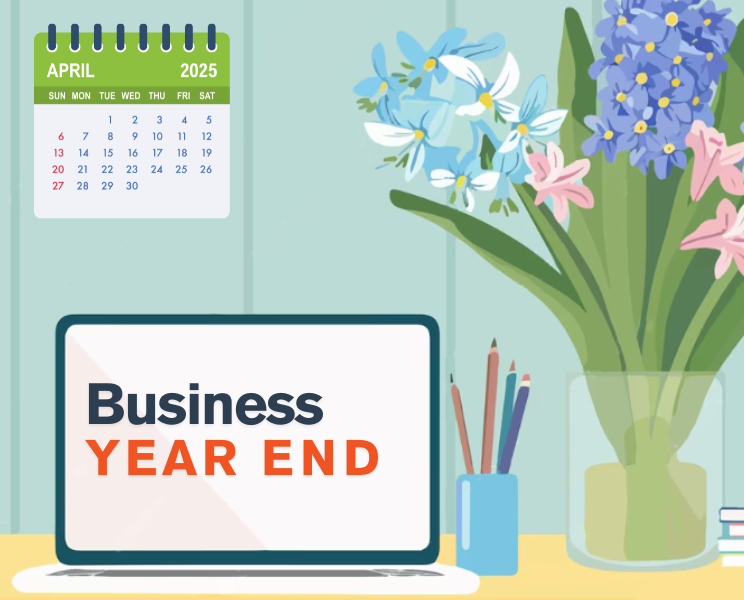VAT margin scheme
The VAT Margin scheme is designed to be used by VAT registered businesses that buy and sell secondhand goods, works of art, antiques and collector’s items. It allows the seller of such goods, under certain circumstances, to pay VAT to HMRC only on the difference between the price he bought them for and the price he sold them for.
This paper doesn’t cover the “Global Accounting Scheme” (which is a simplified version of the margin scheme for low price, high volume resellers) or the special rules for the sale of second-hand cars, horses and ponies or houseboats and caravans.
WHY WOULD I WANT TO USE THE MARGIN SCHEME?
Often if you are trading in second hand goods you will have purchased them from a non VAT registered individual and will also sell them to a non VAT registered individual.
Let’s say you are a VAT registered art dealer who wants to buy a piece of art for £10,000 from a non VAT registered private individual and then sell it on for £12,000 to another non VAT registered private individual.
There would be no VAT to recover on the purchase and so your cost would be £10,000. However on the sale, if you didn’t use the margin scheme, the £12,000 you charge would actually be £10,000 + £2,000 (20%) VAT.
The £2,000 VAT that you have charged would have to be paid over by you to HMRC and so although the buyer had paid £12,000 for the item (he isn’t VAT registered and so can’t recover the VAT you’ve charged him) you will only have received £10,000 and so made no profit.
SO HOW DOES THE MARGIN SCHEME HELP ME?
Using the same example as above, if you qualified for and applied the margin scheme to this transaction you would only pay HMRC VAT on the difference between the amount you bought the item for and the amount you sold it for.
Therefore you would buy at £10,000 and sell at £12,000 but the VAT-able sale declared to HMRC would be:
Net: £1,666.67
VAT (20%): £333.33
Gross: £2,000.00
£333.33 would need to be paid over to HMRC leaving you with a profit of £1,666.67.
UNDER WHAT CIRCUMSTANCES CAN I USE THE MARGIN SCHEME?
You can only use the margin scheme if:
- You have bought the item from a non VAT registered business or individual or
- You have bought the item from a VAT registered business that is selling it to you under the margin scheme
You must obtain a purchase invoice from the person you bought the item from which includes the following information:
- Date
- Seller’s name and address
- Your name and address, or that of your business
- The item’s unique stock-book number (if you bought the item from another VAT-registered business)
- Invoice number (unless you made out the purchase invoice yourself)
- Item description
- Total price – you must not add any other costs to this price
- If you bought the item from another VAT-registered business, any of the following: ‘margin scheme – second hand goods’, ‘margin scheme – works of art’ or ‘margin scheme – collectors’ items and antiques’
When you sell an item under the margin scheme your invoice must include:
- Date
- Your name, address and VAT registration number
- The buyer’s name and address, or that of their business
- The item’s unique stock book number
- Invoice number
- Item description
- Total price – you must not show VAT separately
- Any of the following: ‘margin scheme – second hand goods’, ‘margin scheme – works of art’ or ‘margin scheme – collectors’ items and antiques’
WHAT DO I NEED TO DO TO START USING THE MARGIN SCHEME?
You don’t need to register with HMRC to use the margin scheme. So long as your transactions meet the criteria outlined in the section above then you can apply the margin scheme treatment to your sales and report them through your regular VAT return submissions.
You can also choose which transactions you wish to apply the margin scheme to and which you don’t and then report the consolidated numbers to HMRC.
WHAT ELSE DO I NEED TO CONSIDER?
The most important thing to do is to check that you are eligible to apply the margin scheme and then to ensure that you make the relevant disclosures on your sales invoice as outlined above. Failure to do this could result in HMRC assessing that you are eligible to pay over VAT on the whole value of the sale rather than just on the profit.
Please also bear in mind that as well as the specific exceptions outlined in the introduction above, this paper is also prepared on the basis that sales are from one UK entity to another. The margin scheme can, in certain circumstances, be applied to goods bought and sold outside of the UK but there are special rules for this sort of transaction which are outside the scope of this briefing.



